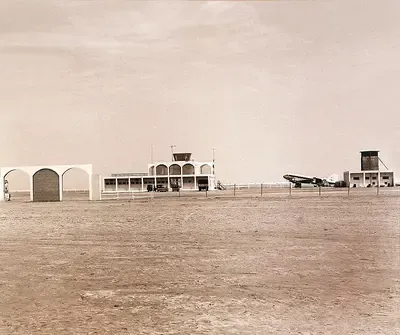
Dubai International (DXB) Airport has consistently maintained, for the past decade, its distinction as the world’s busiest airport in terms of international passenger traffic.
In fact, in the first half of this year, 46 million guests have passed through its doors–a testament to DXB’s busy schedule as it also recently celebrated its landmark 65th anniversary.
But DXB has humble beginnings. Did you know that on September 30, 1960, the airport opened with only a small sand-compacted runway? There was also an equally small terminal building, and the runway was only capable of handling aircraft up to the size of a DC-3, a small propeller-driven aircraft from the 1930s.
Stay up to date with the latest news. Follow KT on WhatsApp Channels.
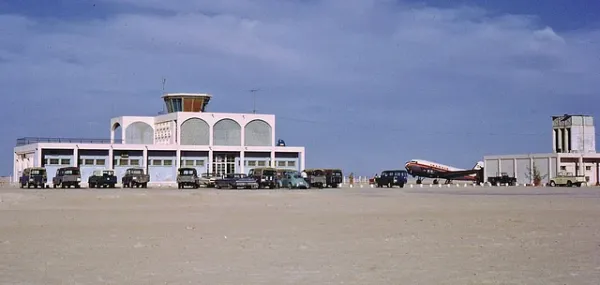
Photos: KT file, WAM
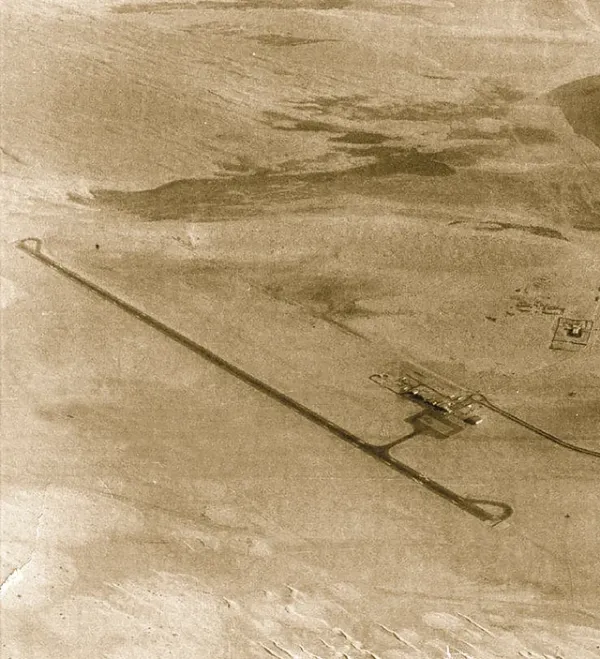
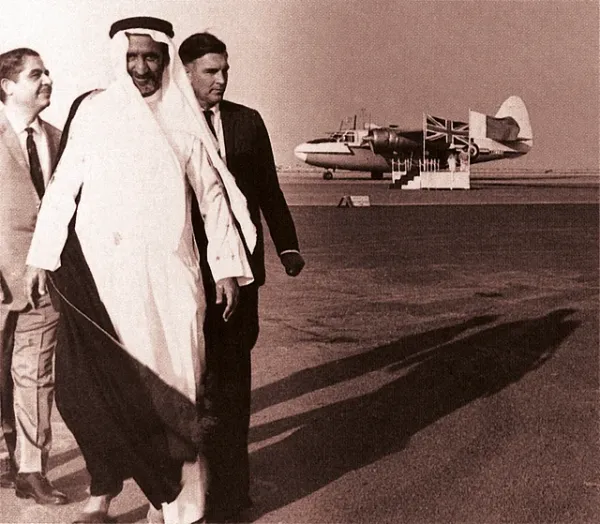
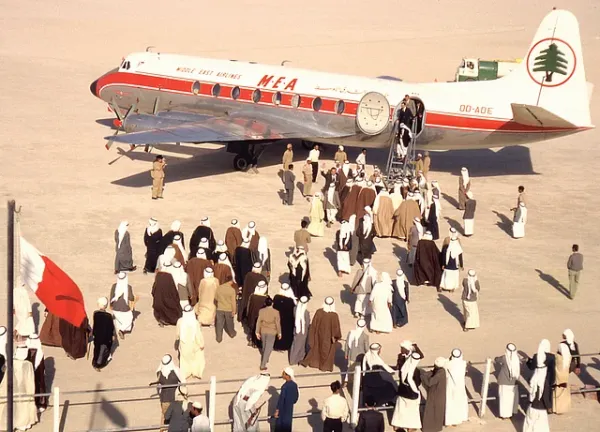
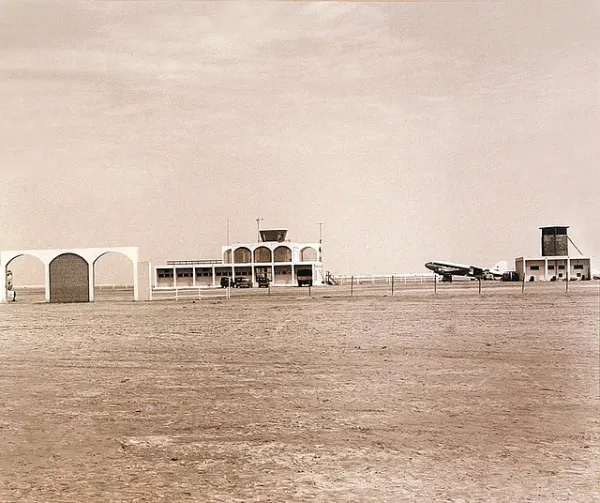
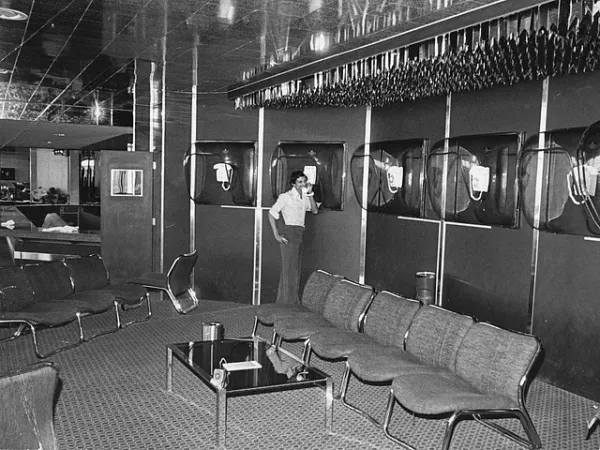
Photo: DXB
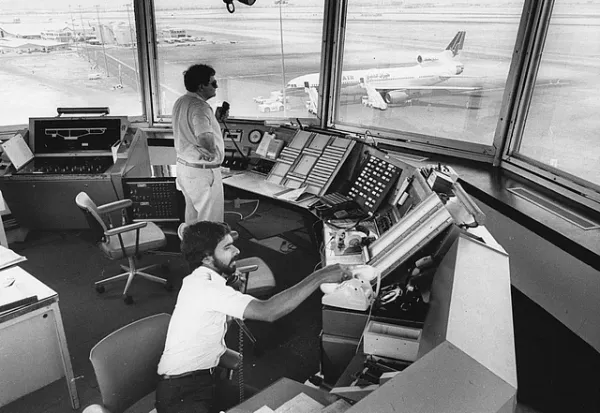
Photo: DXB
It wasn’t until five years later that DXB would be upgraded to get its first asphalt runway, enabling it to accommodate nine airlines, flying to 20 destinations by the end of the 1960s.
In the 1970s, the runway was lengthened, and a new three-storey terminal building was built along with a new control tower.
Ghaith Al Ghaith, CEO of flydubai, shared how DXB looked in the 1970s when the small runway got a much-needed upgrade. He recalled: “I remember the day DXB’s asphalt runway became a reality, and it felt like the start of something special. From that day, the airport was on its journey to becoming a global hub for aviation.”
He added that Dubai’s growth was evident between 1980 and 2010. “That era really established Dubai on the world’s stage, and it was led by the prosperity of the air transport sector.”
Beginning of transformationIn the early 1980s, DXB’s true transformation began to unfold. Dubai Duty Free (DDF) opened with an annual turnover of $20 million in its first year. It was a sign of things to come manifested by DXB’s completion of a second state-of-the-art runway that opened in April 1984, in time for the launch of Emirates a little over a year later. At the end of the decade, passenger traffic was up to 4.3 million.
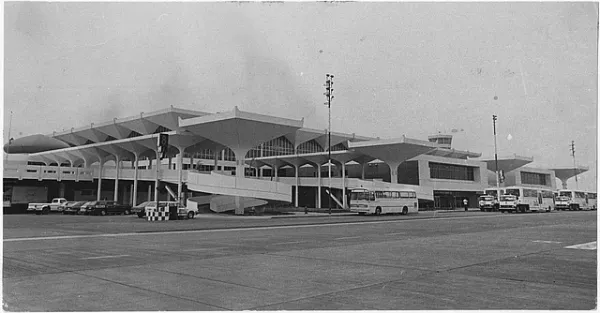
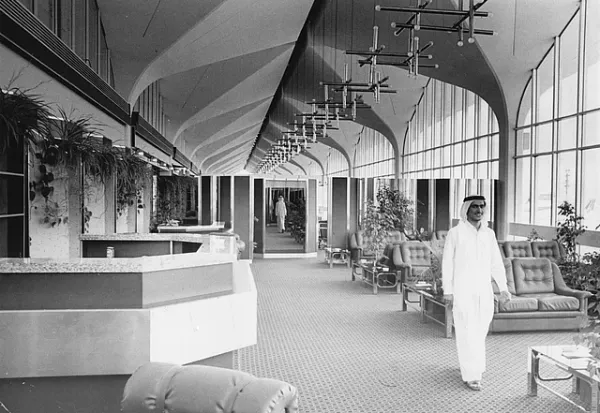
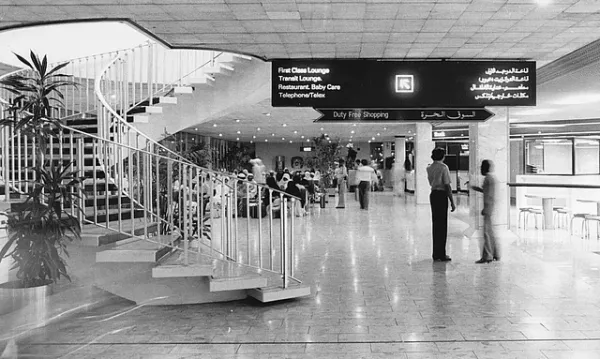
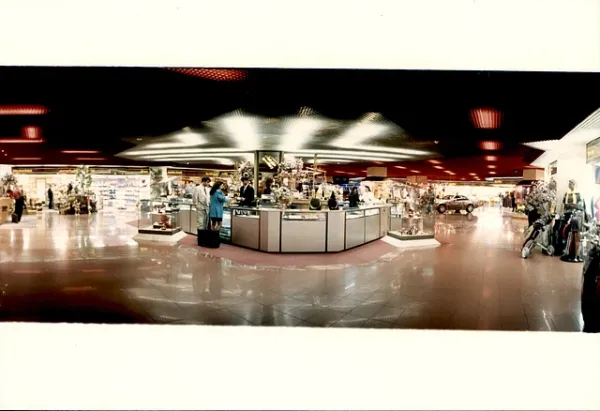
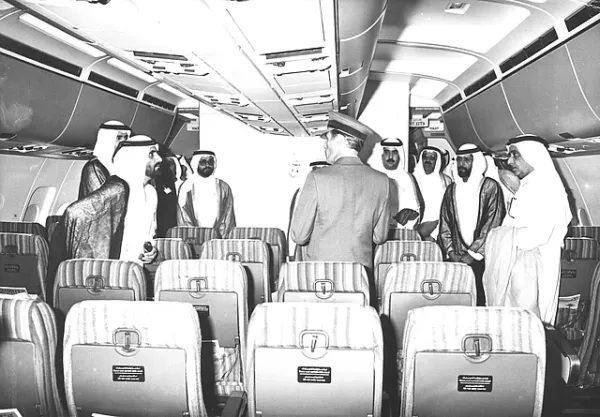
Colonel Ibrahim Hamad, director of passport control-Terminal 3, General Directorate of Residency and Foreigners Affairs (GDRFA) Airport Sector, has witnessed and participated in the airport’s success, having worked closely with DXB for 38 years. He told Khaleej Times: “In the early years, we waited for guests to arrive, and their numbers were so limited that we could see them all and deal with them individually.”
“Now we have smart systems and biometric technology,” he added, “it’s been incredibly rewarding to see the transformation. After all these years, I look at DXB’s journey with pride, and I am so proud to have been part of the success story.”
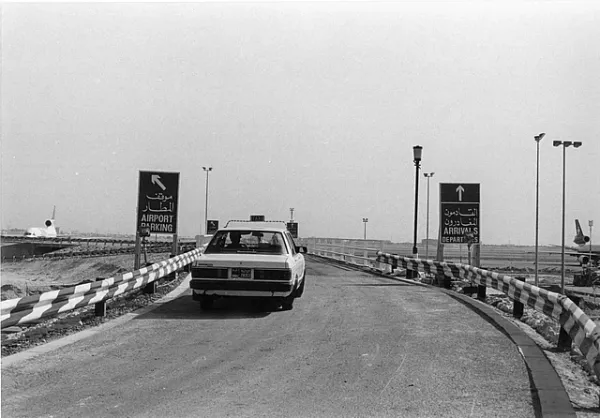
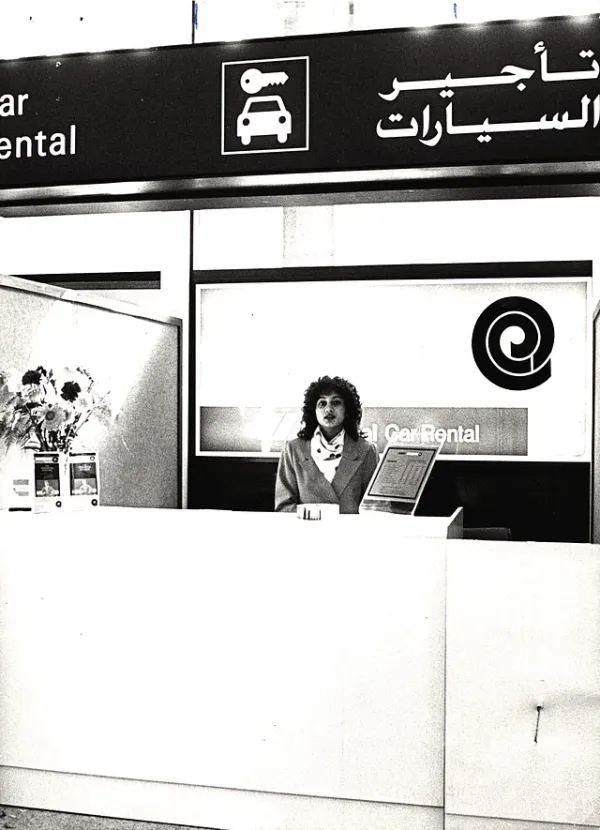
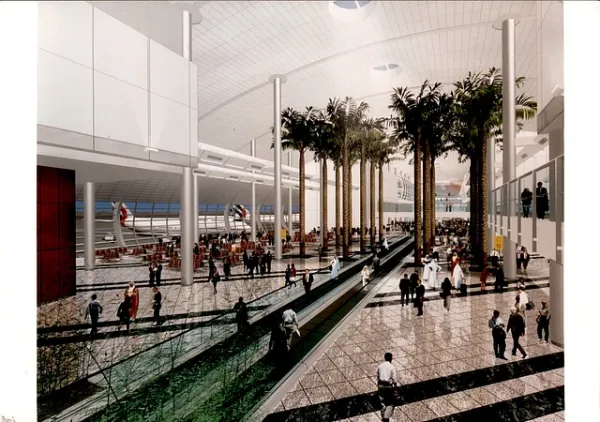
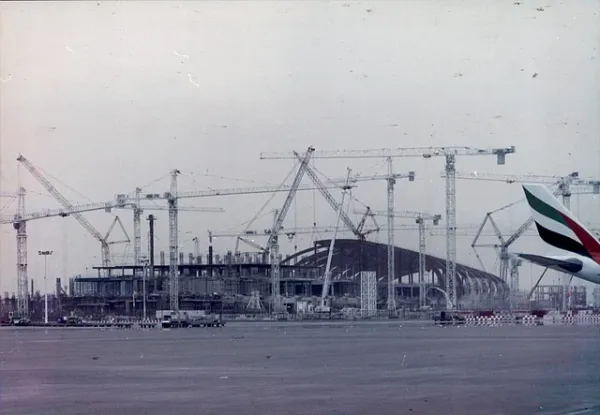
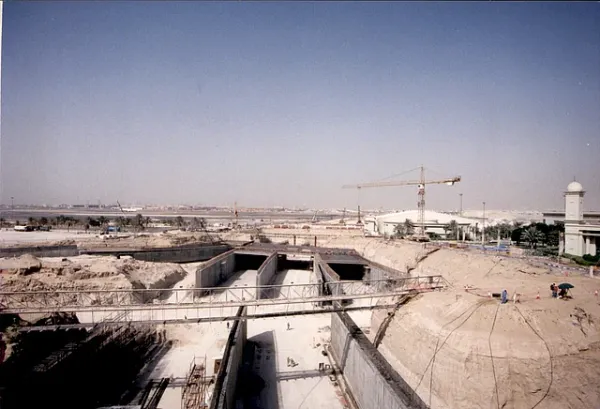
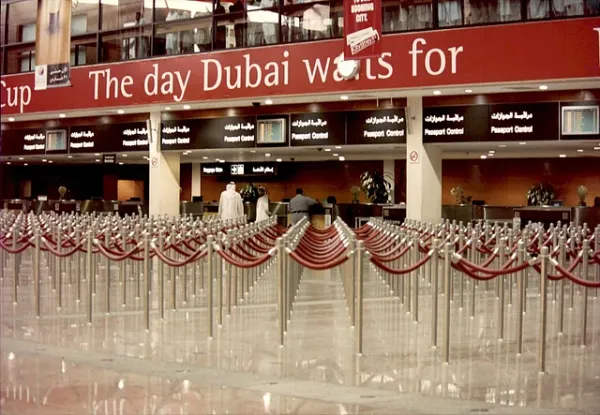
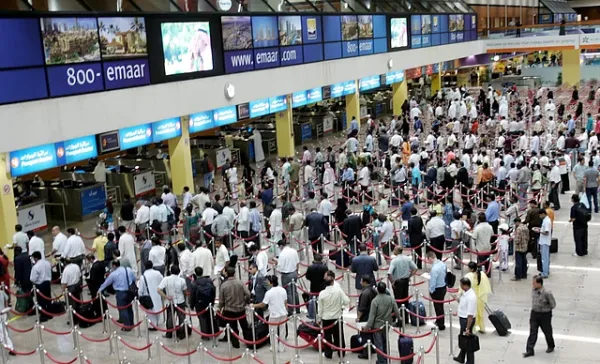
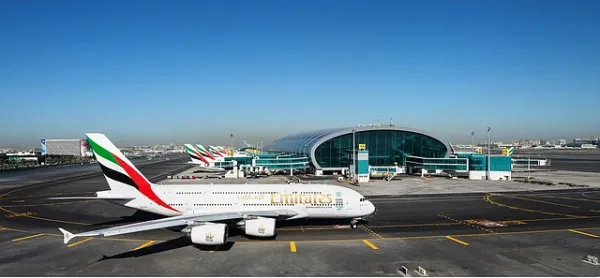
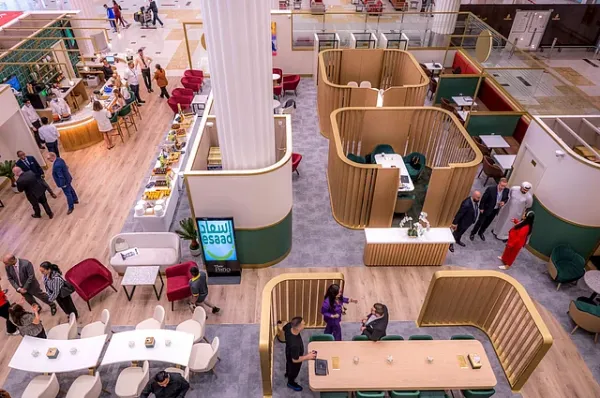 Massive growth
Massive growth
By 1998, passenger traffic was up to around 9.7 million with the opening of Terminal 2, and at the turn of the new millennium a new chapter began with the opening of Concourse 1 (now Concourse C) built as part of the first phase of the general expansion project at a cost of $554 milion, thus increasing DXB’s capacity from 10 million passengers per year to 23 million.
Nine years later, in 2007, the Department of Civil Aviation was restructured resulting in the formation of Dubai Airports, the operator of Dubai’s airports, alongside the Dubai Civil Aviation Authority, the local aviation regulatory body.
The following year, in 2008, DXB hit yet another milestone in its history with the opening of DXB Terminal 3 and Concourse B, for the exclusive use of Emirates, taking DXB’s annual passenger capacity to 60 million.
By 2009, DXB was already the world’s fastest-growing airport, thanks to traffic surpassing 40 million people. In the same year, work began on Concourse A and Terminal 2, along with the launch of flydubai, Dubai’s second carrier.
World’s number oneIt was in 2014 that DXB became the world’s number one airportfor international passenger traffic by welcoming 70.4 million guests. Four years later, in 2018, the one billionth international traveller was welcomed into DXB as growth seemed unstoppable.
But the Covid pandemic came. In March 2020, operations were partially suspended by UAE authorities as Dubai looked to combat the global spread of the deadly virus. Special repatriation and cargo flights, however, continued.
DXB also showed its resilience. After a brief closure, it was one of the first major hubs globally to reopen on July 7, 2020. Recovery was fast as DXB soared and maintained its position as the busiest international airport.
From sands to skiesOn its 65th anniversary, DXB continues to be the world’s number one airport for international travel, and following its busiest first half on record, DXB is expected to welcome 100 million guests in 2026.
Hassan Al Joker, head of the inspection team at Dubai Customs, who has been part of the DXB community for more than 20 years, summarises the success of DXB: “We have a unified vision to provide an exceptional experience for travellers despite the volume and complexity of daily operations. We have a committed and collaborative team that constantly strives for innovation and service improvement, ensuring that operations run efficiently and smoothly.”
From Dubai’s sand dunes to the skies, employees like Hassan look forward to DXB reaching greater heights as they operate as one DXB anchored on ‘Many Hearts, One Beat’ spirit.
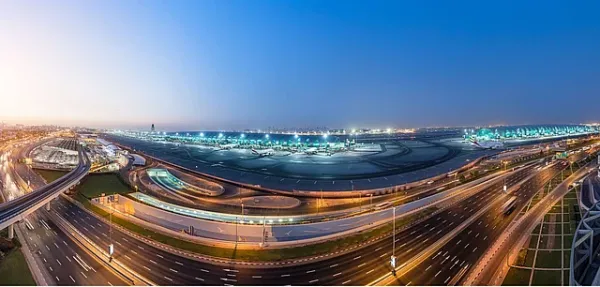 65 years of DXB: How Dubai Airport grew from one terminal in 1960 to AI corridor in 2025 Dubai: DXB reports record number of passengers in H1 2025 despite disruptions UAE airports drive regional air travel resilience in first half
65 years of DXB: How Dubai Airport grew from one terminal in 1960 to AI corridor in 2025 Dubai: DXB reports record number of passengers in H1 2025 despite disruptions UAE airports drive regional air travel resilience in first half